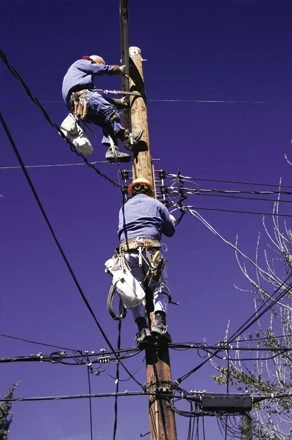The Guide to IEEE Utility Safety Standards

A comprehensive review of IEEE guidelines and documents
BY JIM TOMASESKI, IEEE, NESC Main Committee, PAR Electric
Every day, utility workers are risking their lives in work environments that involve high-risk activities such as working at extreme heights, managing or repairing energized high-voltage power systems, transporting dangerous goods, working on suspended access equipment, or the opposite, cramped underground with little ventilation, and mitigating natural disasters.
Although assuring the safety and health of America’s utility workers is the top priority among industry, it is no easy task. Ensuring worker safety involves setting and enforcing standards; providing outreach and education, general site and task-specific training, as well as establishing partnerships and encouraging continual improvement in workplace safety and health.
Consequently, North American electric utilities and regulators rely on voluntary standards to design protocols and regulation that will protect utility workers from the aforementioned risk activities. The National Electrical Safety Code, or the NESC, published by the IEEE Standards Association, is one document utilized by utilities and regulators nation-wide.
Safer work practices, enhanced equipment, and technological advancements have all played a role in creating a culture of safety among the utility industry. This issue’s Lineman Safety Channel highlights the status of several IEEE utility safety standards safeguarding linemen from the hazards of installation, operations, or maintenance of electrical systems and equipment among industrial utilities.









